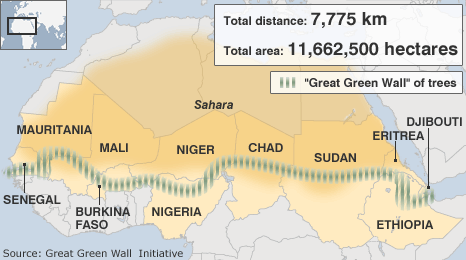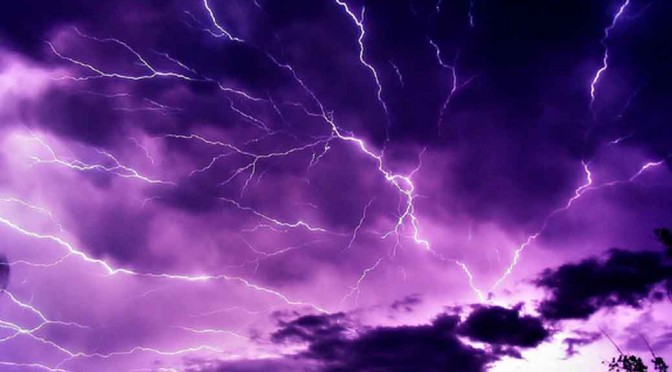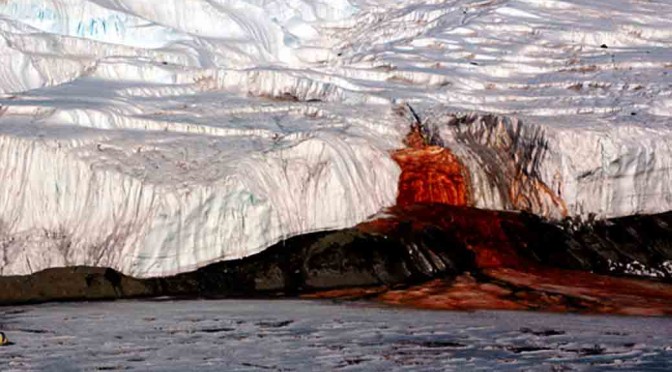I do realize how big our world is and the sheer number of species that live in it. Also the fact that about 86% of the species are still unknown has me in awe all the time.
Yet, after having read about so many kinds of animals that live on our planet, after having documented them on this blog, I always feel that I’ve known and written it all. The very moment I start losing hope that I would never find an interesting animal ever again, something incredible comes across. Always!
Today, that happened again when I was reading an NPR blog. This time, there’s more than the species itself. The place where it lives is pretty awesome too. The most amazing part – This six-legged giant lives only there. That means, nowhere else on Earth will you find it! First, let’s see where it lives…
This is where it lives:

I know, it looks like a CG mountain done for a fantasy movie. Trust me, it’s real. It’s called the Ball’s Pyramid (named after a European named Ball who first saw it in 1788) and was formed 7 million years ago due to a volcanic eruption. It is an awkwardly tall (1,844 feet) and an extremely narrow rock sitting in the centre of the sea. To the East of Australia, the red place marker in the following picture shows where the rock is located.
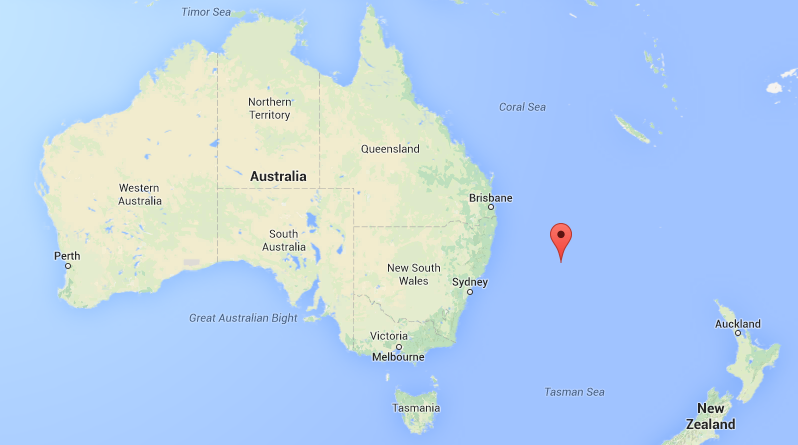
What lives there? And how was it found?
There is an island – Lord Howe island – close to the rock. In the island lived huge “tree lobsters” (actually they were huge stick insects with a hard exoskeleton – Dryococelus australis). In the year 1918, a ship crashed on the island and brought with it some rats. The rats loved these tree lobsters and finished them off within 2 years. After 1920, these tree lobsters were thought to be extinct.
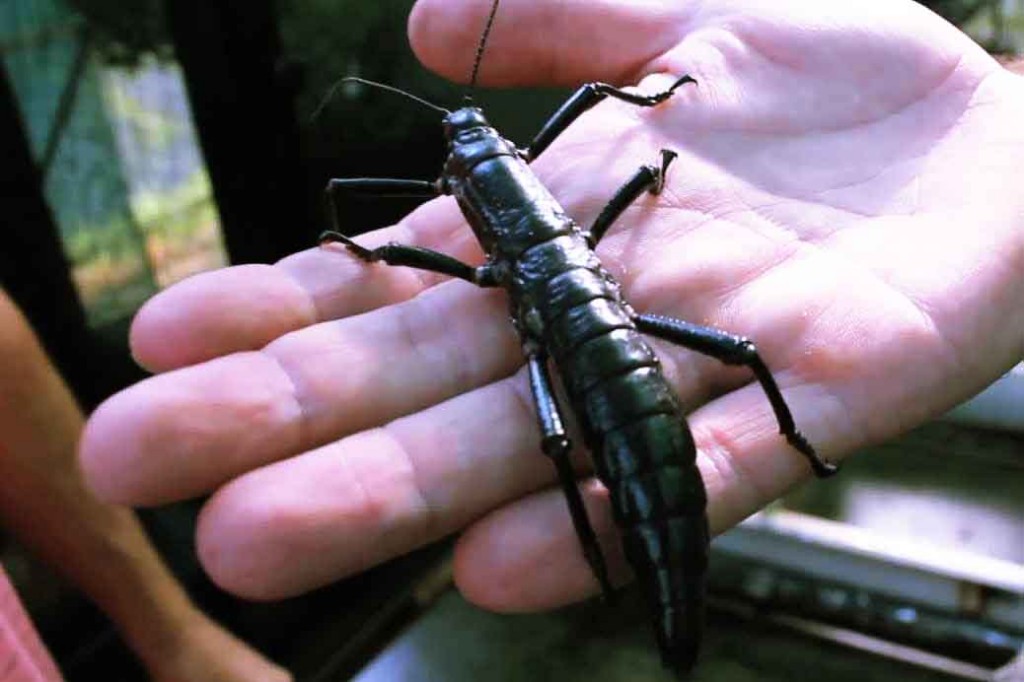
Of course there were stories of these insects living on a rock near the island. But no human wanted to climb the narrow rock to hunt insects at night.
Only in the year 2001 when 2 researchers David Priddel and Nicholas Carlile decided to climb up the rock to find out if these stories were real, they found something incredible. Poop of a large insect. When the came back at night to investigate, the shiny black huge tree lobsters were found! These insects had probably never been extinct.
For more than 80 years, 24 of them had been living on this rock, in a bush and no one knew how they got there. Probably they clinged on to birds or something. Also, according to the researchers, these creatures have never been seen anywhere else.
Where are they now
I’m not sure about where they are now. According to the 2012 NPR article which I read, a pair of these creatures – Adam and Eve – were brought into Australia. Eggs got laid and little Tree lobsters came into the world. Thankfully, the species was saved from going extinct. But it isn’t known if they’ll be sent back to their home island because the great-great-great grandsons of those rats must still be there waiting to finish these insects off again.
This is how the first ones hatched in the zoo…
Hit like if you learnt something from this article.
